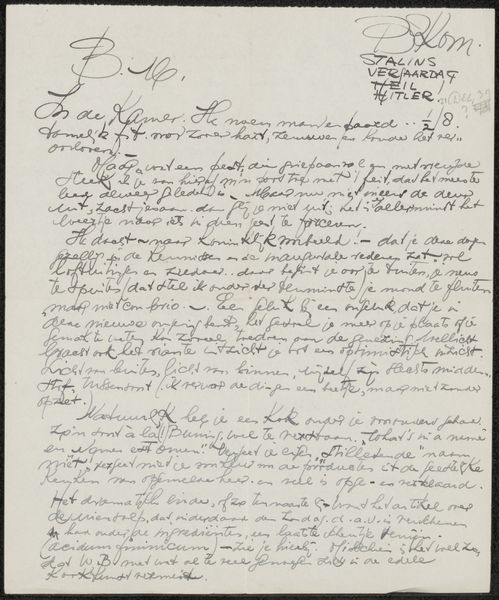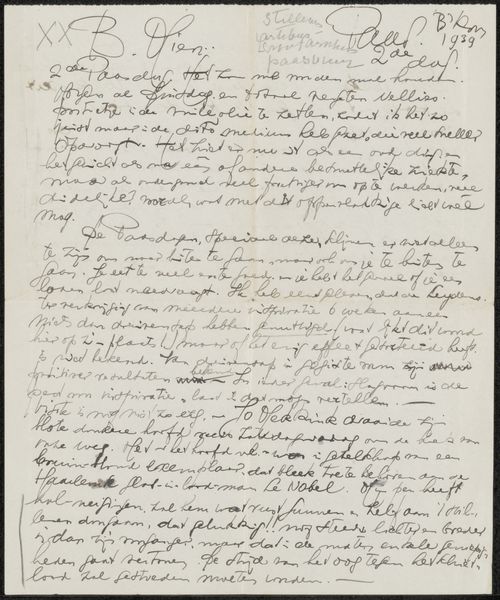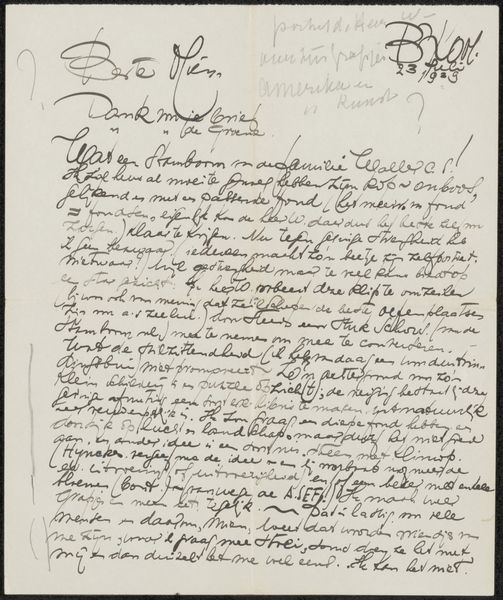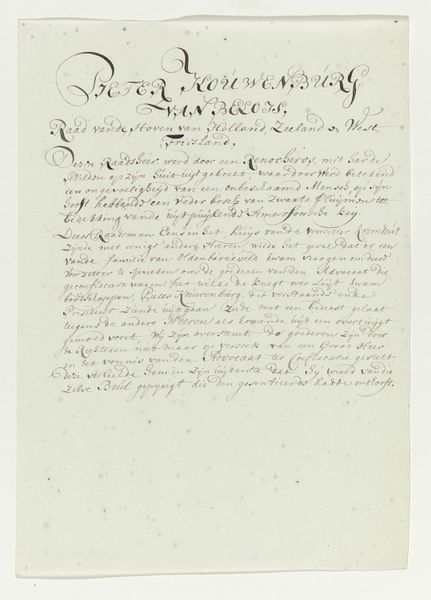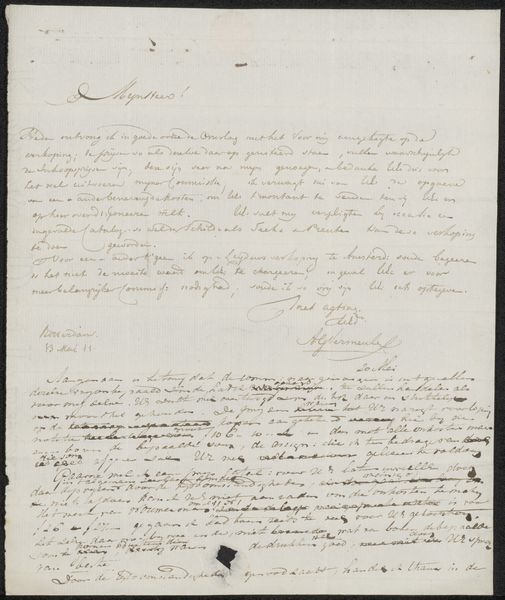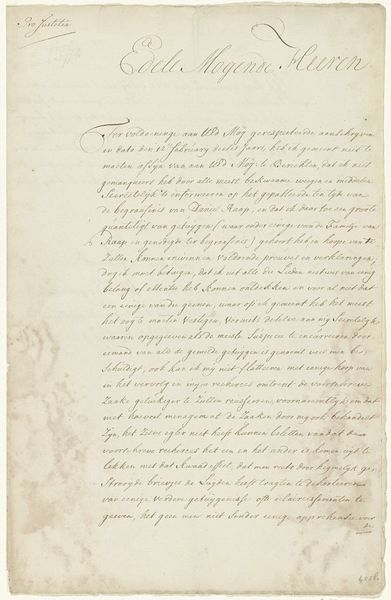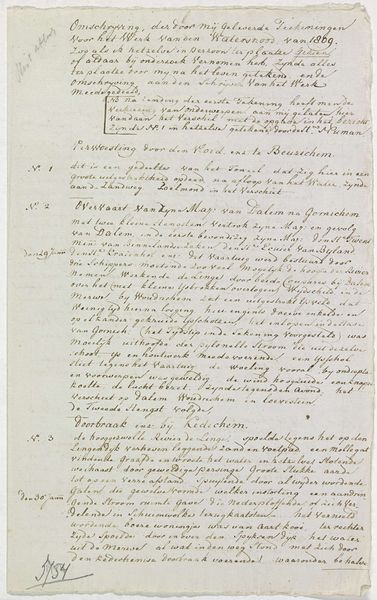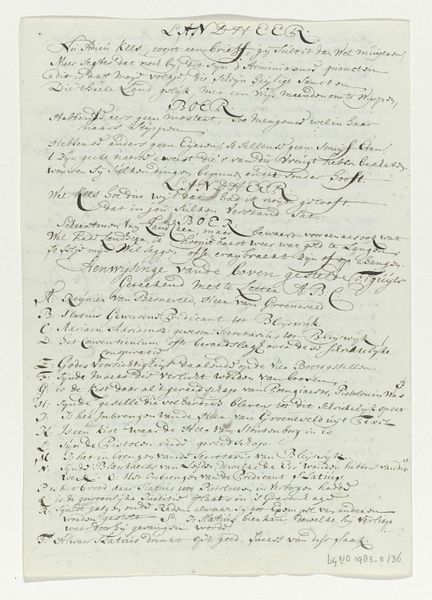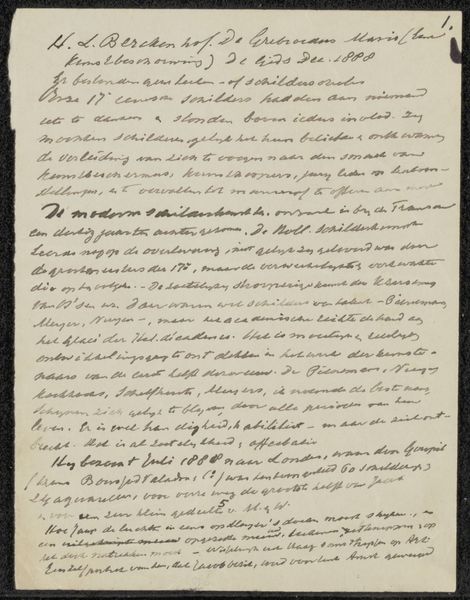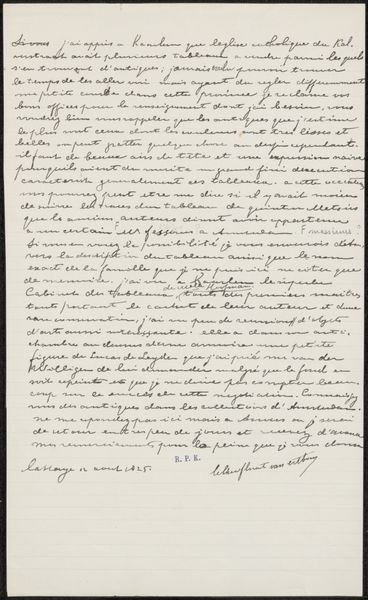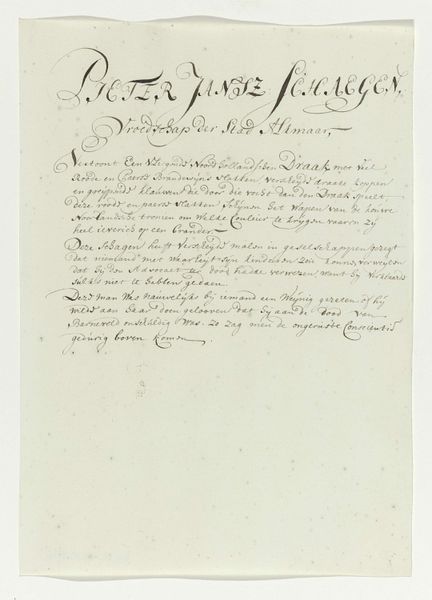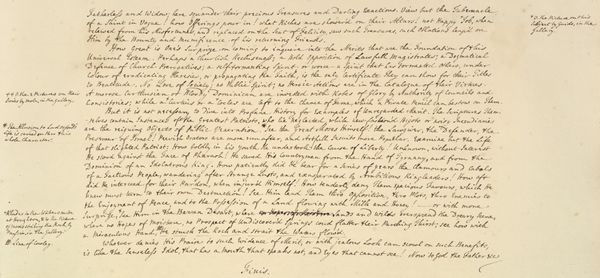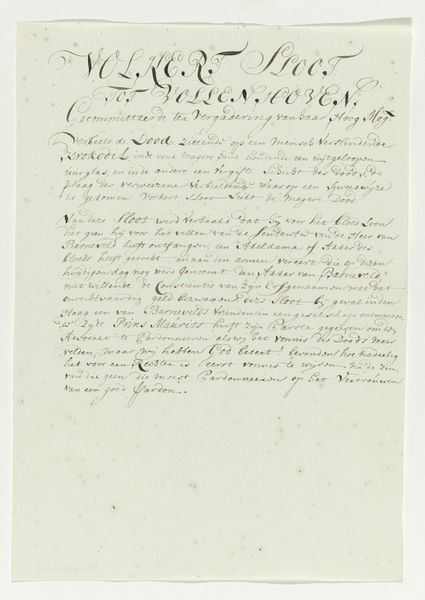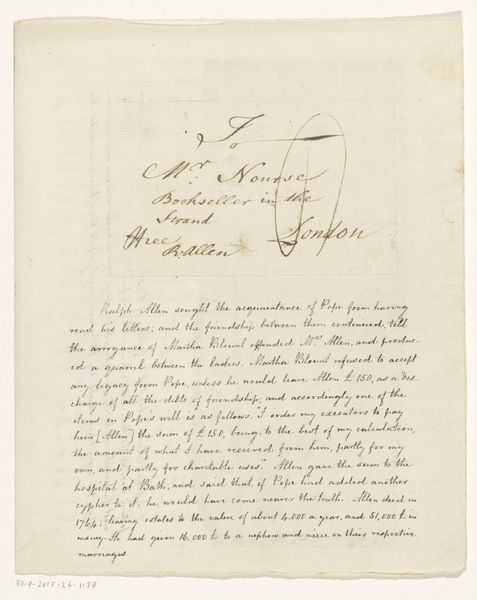
drawing, ink
#
portrait
#
drawing
#
baroque
#
ink
Dimensions: height 288 mm, width 205 mm
Copyright: Rijks Museum: Open Domain
Curator: Here we have a drawing titled "Spotvers bij het portret van Aelbrecht Bruynink," created sometime between 1710 and 1720 by an anonymous artist. It’s an ink drawing, currently residing at the Rijksmuseum. My immediate response is the almost oppressive density of the text. It’s incredibly compact, filling nearly the entire sheet. Editor: It feels like an official document, even though it’s presented in a style resembling cursive writing. I think that contrast immediately positions the work in a field of power struggles, suggesting tension between authority and individuality. What can you tell me about Bruynink? Curator: Not much is definitively known. Aelbrecht Bruynink served as the Secretary of the City of Enkhuizen, in the province of North Holland. As for the drawing, one must look at the composition—the overall structure, rhythm, and repetition within the text—as aesthetic choices shaping meaning. How does this inform our reading of it? Editor: Given that, in historical context, we know Enkhuizen experienced significant social and economic disruption in the early 18th century, I wonder if the density you mention speaks to a desperate desire for justification, or a sense of control against broader instabilities and societal transformations? Curator: A fascinating reading. Certainly, the work pushes us to consider questions of documentation, not just the aesthetic quality of the baroque ink work, the loops and curves of the individual lettering, but the content inscribed into these calligraphic figures. Editor: Exactly. The art is clearly not simply in the form, but is completely entangled with historical events. In this light, Bruynink is simultaneously the subject, a figure of authority, and perhaps also a victim of circumstance. It makes me wonder how we participate in and interpret such historical narratives of the so-called victors when they inevitably have more ambiguous or marginalized facets than initial chronicles might let on. Curator: A resonant point. Viewing this through an aesthetic lens shows us form and content dancing closely, intertwining and enriching our understanding, yet historical consciousness is perhaps equally relevant in how it speaks to modern questions of accountability. Editor: Well said. It certainly gives me pause, making me consider all of those figures written and rewritten into collective narratives.
Comments
No comments
Be the first to comment and join the conversation on the ultimate creative platform.
